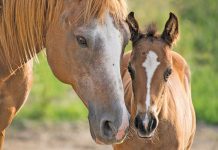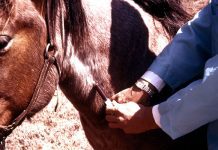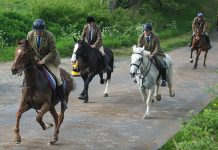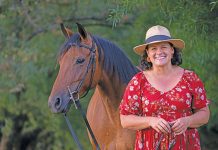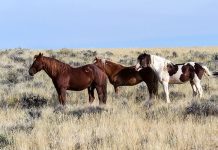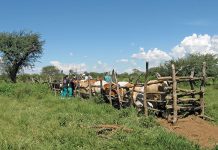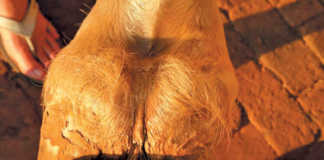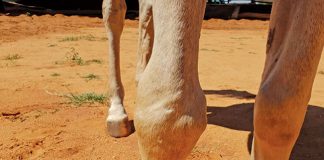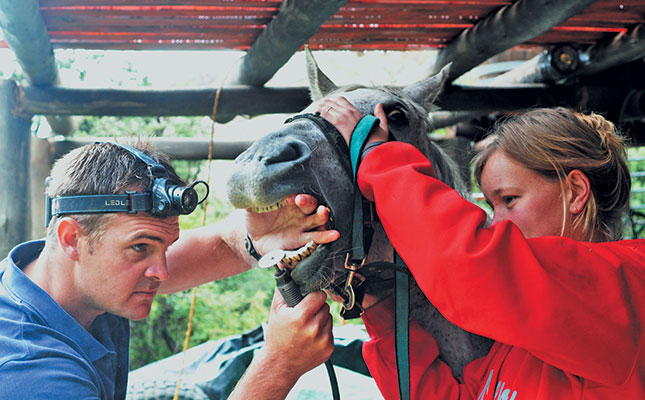
Yes, it’s true. Your horse needs to see the dentist every six months. Signs of possible dental problems include:
- Difficulty in eating; not finishing food, or eating slowly; quidding (where the horse drops partially chewed food while chewing); facial swelling.
- Dull coat, weight loss and loss of condition; colic.
- Turning the head to the side while chewing.
- Excessive salivation while eating; blood in saliva.
- Foul smell from mouth or nose.
- Draining of abscess from the jaw.
- Discharge from one nostril.
- Undigested feed in manure.
Some common problems under saddle can be tooth-related. These include: head tossing; difficulty in picking up the canter or in performing flying changes; tilting of the head while riding or difficulty in bending; refusal to collect; rearing or bucking; and difficulty in getting ‘on-the-bit’ (especially if the horse tends to go behind the bit).
Although not an exact science, the age of a horse can be determined by examining its 12 front teeth – the six incisors on each jaw. As with humans, horses have two sets of teeth: milk teeth, followed by permanent teeth.
The milk tooth is small and white, with a short fang and distinct neck. Permanent teeth are bigger, yellowish and have no neck.
At 12 months, a horse has a youthful sparkle in its eye, a body still covered in a soft coat, a fluffy tail and 12 unworn milk teeth. At three years, the centre two teeth on each jaw have been replaced by permanent teeth.
At four years, two more milk teeth will have been replaced. In the male, a tush tooth will appear behind the incisors. (Some dominant mares will also have tush teeth). At five, new shell-like teeth show at the corners.
Wolf teeth
Some horses will now have wolf teeth, which are premolars and not canines as the name might suggest, and remnants of the time, millions of years ago, when equines were small, forest-dwelling brush eaters. Up to 32% of all horses are born with wolf teeth, with most having only one or two.
There is no difference in occurrence between male or female horses and they are more likely to appear on the upper jaw, just in front of the first cheek teeth.
About 70% of horses will develop wolf teeth. If present, they can cause problems when introducing the horse to a bit and usually explain rearing or bucking. They are invariably removed.
Full mouth
At six years, the horse now has a ‘full mouth’ of teeth. At seven, a hook appears on the top corner tooth. By eight years, this has disappeared. The top of the teeth show wear, and the black hollow centres have disappeared.
Galvayne’s groove occurs on the upper corner incisor. This is a vertical line that goes halfway down the tooth by 15, and reaches the bottom at age 20. It then begins to disappear and is usually halfway gone by the age of 25. It has vanished completely by the age of 30.
Kim Dyson breeds Arabians and Lusitanos, and has 22 years’ experience in holistic equine and human body work.

